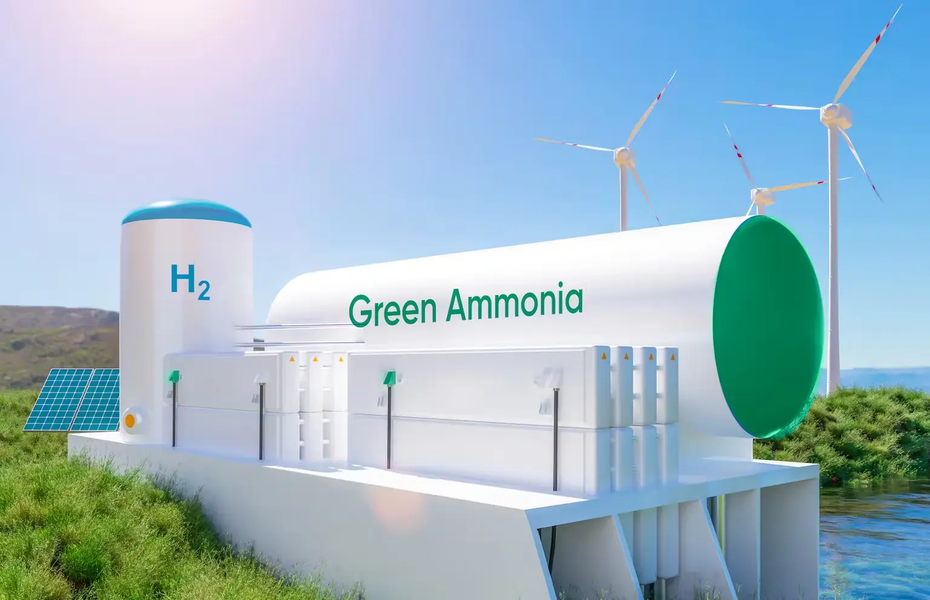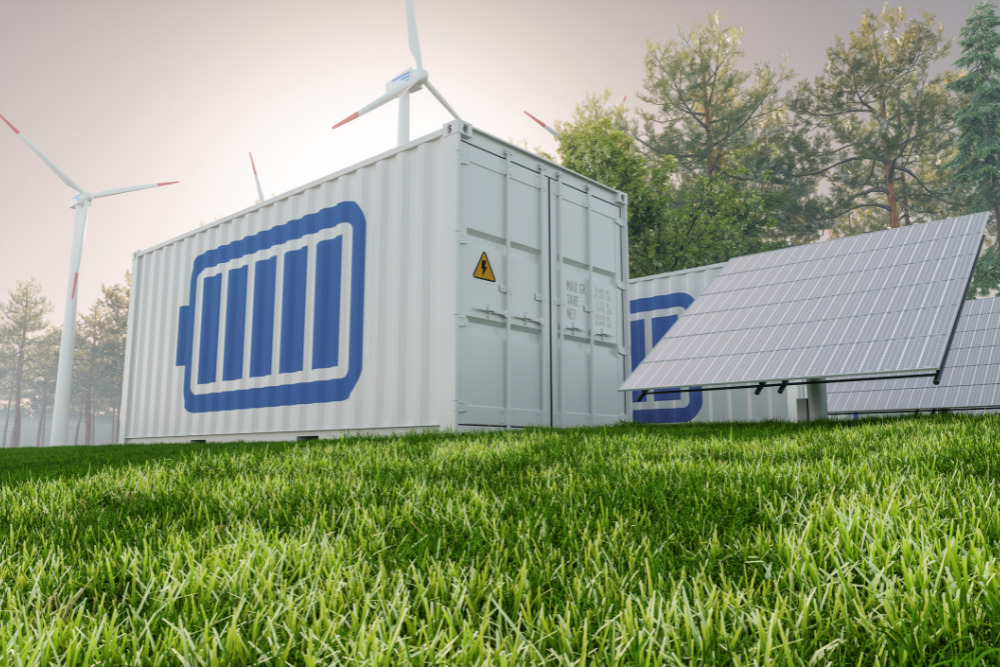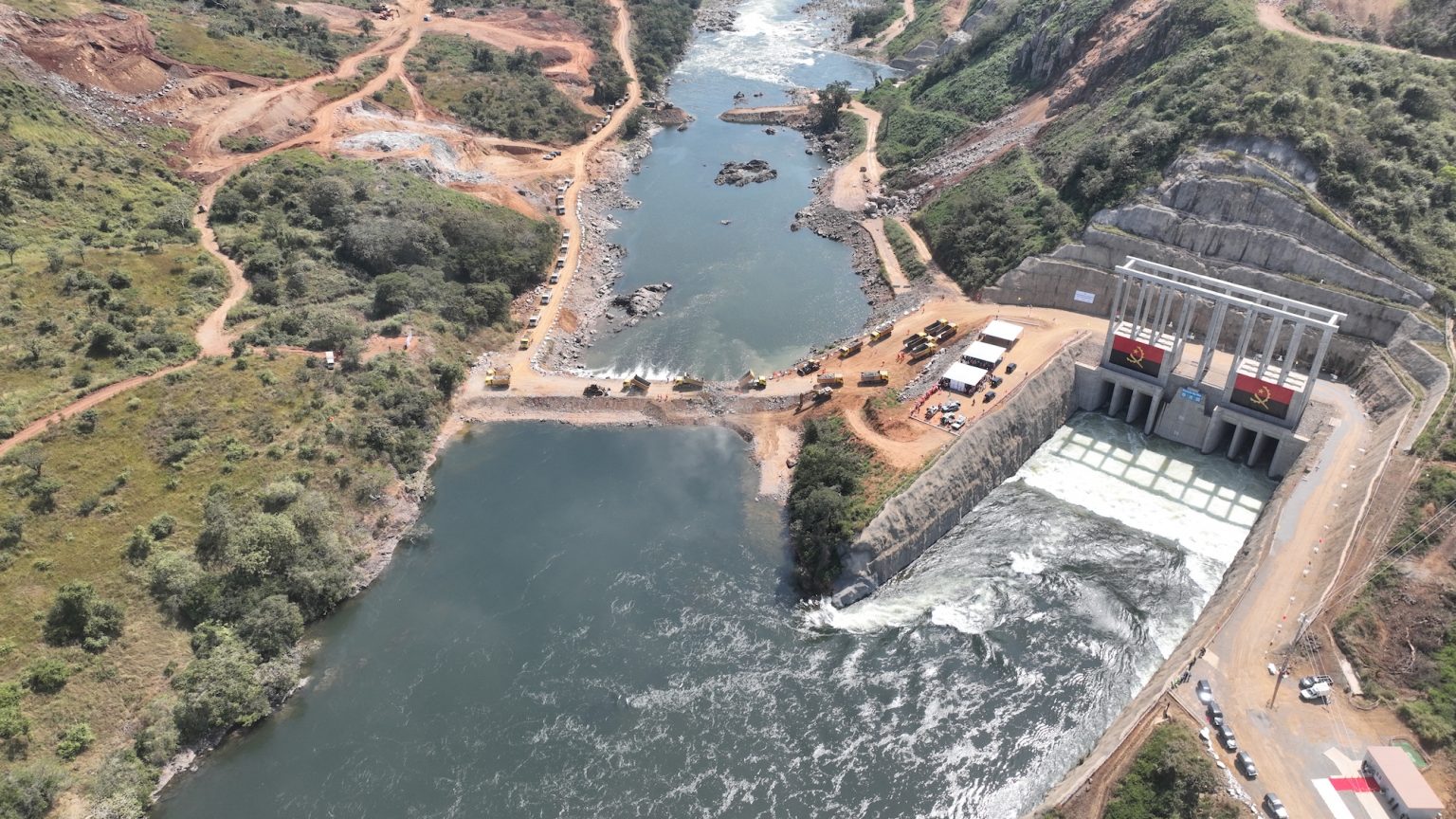Finding a definitive list of the world’s largest green ammonia plants is not straightforward. Most projects are still under construction or in planning stages, and not all announced capacity is producing yet.
Public data is inconsistent, with some reports quoting electrolyser capacity in gigawatts rather than actual ammonia output in tonnes per year, making direct comparisons difficult (BC Insight).
Despite these challenges, the scale and significance of existing and planned projects cannot be overstated. These are industrial-scale operations designed to decarbonize fertilizer production, shipping fuel, and chemical supply chains.
Geopolitically, countries such as Saudi Arabia, Oman, and Namibia are positioning themselves as exporters of green molecules rather than traditional fossil fuels.
Green ammonia is emerging not just as a fertilizer feedstock but as a hydrogen carrier and fuel, showing how renewable hydrogen can be packaged and exported at scale.
Here are some of the biggest green ammonia plants (or planned plants) globally, with context:
1. Envision – Chifeng, China
- Capacity: ~ 320,000 tonnes/year green ammonia.
- Scale: Fully off-grid (wind + solar + battery), managed by AI to balance supply and demand.
- Expansion: planned modular growth to ~1.5 million tonnes/year by 2028.
- Significance: first major demonstration of large-scale, grid-independent green ammonia production using renewables + AI.
2. NEOM Green Hydrogen Company (NGHC) – Saudi Arabia
- Capacity: up to 1.2 million tonnes/year of green ammonia.
- Power source: ~4 GW renewable generation (wind + solar).
- Hydrogen production: ~600 tonnes/day from green hydrogen.
- Status: over 80% construction complete as of early 2025.
- Significance: arguably the world’s largest integrated green hydrogen-to-ammonia facility; huge CO₂ avoidance projected.
3. ACME / Scatec – Duqm, Oman
- Phase 1: ~100,000 tonnes/year green ammonia.
- Full build-out: up to 1.2 million tonnes/year, powered by 3.5 GW electrolyser capacity and ~5.5 GW of solar PV.
- Significance: shows scale ambition in the Middle East, leveraging large renewable capacity and favorable geography.
4. EDF / J-Power / Yamna Consortium – Oman (Dhofar)
- Capacity: 1 million tonnes/year green ammonia.
- Power: ~4.5 GW of wind + solar + battery storage; ~2.5 GW electrolyser.
- Contract: 47-year lease for plant site.
- Significance: long-term, large-scale project anchored by major global energy firms, underlines commitment to green ammonia export.
5. Hyphen Project – Namibia
- Target first-phase ammonia production: ~1 million tonnes/year by 2028; expanding to ~2 million tonnes/year by 2030.
- Renewable input: ~5 GW wind + solar; ~3 GW electrolyser capacity.
- Local capacity: Elof Hansson plant planned for ~430,000 t/year green ammonia.
- Significance: major African green hydrogen/ammonia export project; could reshape Namibia’s energy-industrial strategy and become a green export hub.
6. Element One – Germany / Saudi Model
- Planned capacity: 3,000 tonnes of ammonia per day (~1.095 million tonnes/year if continuous) based on 4 GW renewable energy.
- Significance: model region for integrated renewables → hydrogen → ammonia; shows how utility-scale green ammonia could be regionally embedded.
7. Western Green Energy Hub – Australia (proposed)
- Ambition: produce 20 million tonnes/year of green ammonia.
- Scale: 70 GW of wind + solar capacity planned.
- Significance: if realized, this would dwarf virtually all current green ammonia projects, a true giga-scale. Still a proposal and not yet operating.
8. Helios Green Fuels – Saudi Arabia (via NEOM, pipeline)
- Target capacity: ~1.3 million tonnes/year green ammonia.
- Integration: part of the broader NEOM green hydrogen ecosystem.
- Significance: strengthens Saudi role in green molecule exports, especially for shipping and industrial markets.
9. AM Green Ammonia – Kakinada, India
- Capacity: 1 million tonnes/year (first phase), long-term goal 5 million tonnes/year by 2030.
- Scale: powered by a hybrid 4.5 GW renewables setup (solar + wind + pumped storage) for round-the-clock green hydrogen.
- Significance: marks one of the world’s largest green ammonia final investment decisions; set to export to Europe under RFNBO standards.
10. HyDuqm – Duqm, Oman
- Capacity: 1.2 million tonnes/year of green ammonia by 2030.
- Scale: backed by ~5.25 GW of wind + solar renewables, with a 2.5 GW electrolyser.
- Significance: major export-oriented plant aimed at supplying green ammonia to Korea; demonstrates how countries can leverage large-scale renewables for global trade in green molecules.


